The self is a complex and dynamic construct influenced by personal experiences, cultural background, and beliefs about oneself and others.
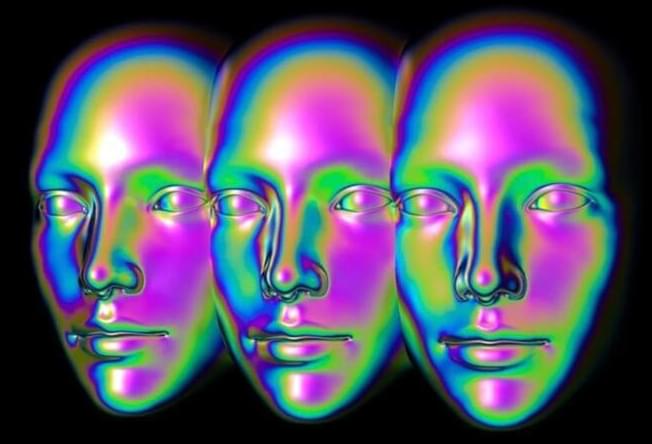

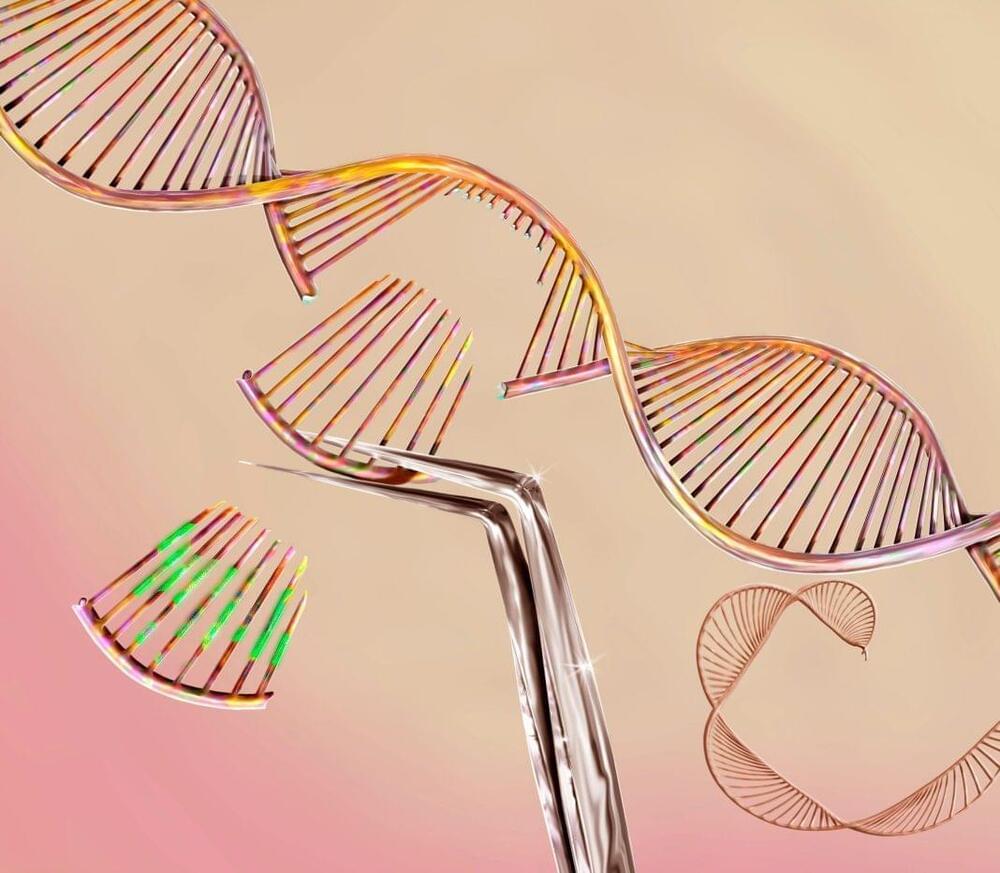
A recently patented genome editing tool called PASTE holds genuine promise for expanding the universe of treatable genetic diseases. The approach combines elements of CRISPR and prime editing with a pair of enzymes designed to enable the integration of large segments of DNA without incurring double-stranded DNA breaks.
U.S. Patent No. 11,572,556, assigned to MIT, covers systems, methods, and compositions for programmable addition via site-specific targeting elements (PASTE). The patent describes site-specific integration of a nucleic acid into a genome, using a CRISPR–Cas9 nickase fused to a reverse transcriptase (RT) and a serine integrase. These enzymes target specific genome sequences known as attachment sites, binding to them before integrating their DNA payload.
PASTE can insert DNA fragments as large as 50,000 base pairs, which puts it on a different plane compared to other genome editing tools such as prime editing.
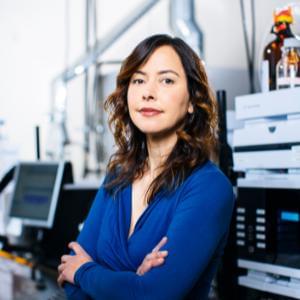
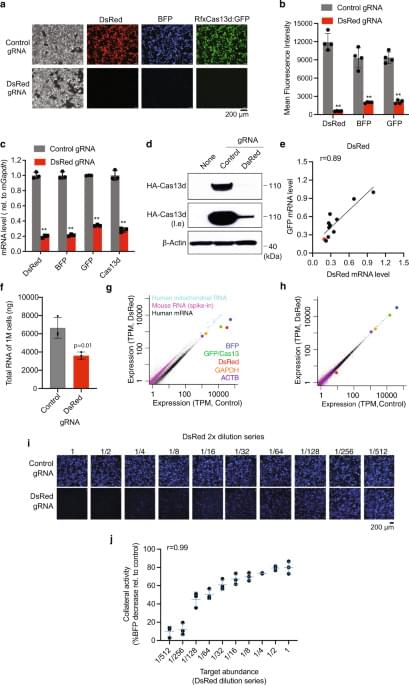

https://youtube.com/watch?v=YerWN5b_-m0&feature=share
The story of the overdependence of mankind on technology written in the 1920s by E.M Forster.
“The Machine Stops,” which depicted a world where people spend most of their time physically isolated from one another but technologically connected.

The latest breakthroughs in artificial intelligence could lead to the automation of a quarter of the work done in the US and eurozone, according to research by Goldman Sachs.
The investment bank said on Monday that “generative” AI systems such as ChatGPT, which can create content that is indistinguishable from human output, could spark a productivity boom that would eventually raise annual global gross domestic product by 7 percent over a 10-year period.
But if the technology lived up to its promise, it would also bring “significant disruption” to the labor market, exposing the equivalent of 300 million full-time workers across big economies to automation, according to Joseph Briggs and Devesh Kodnani, the paper’s authors. Lawyers and administrative staff would be among those at greatest risk of becoming redundant.
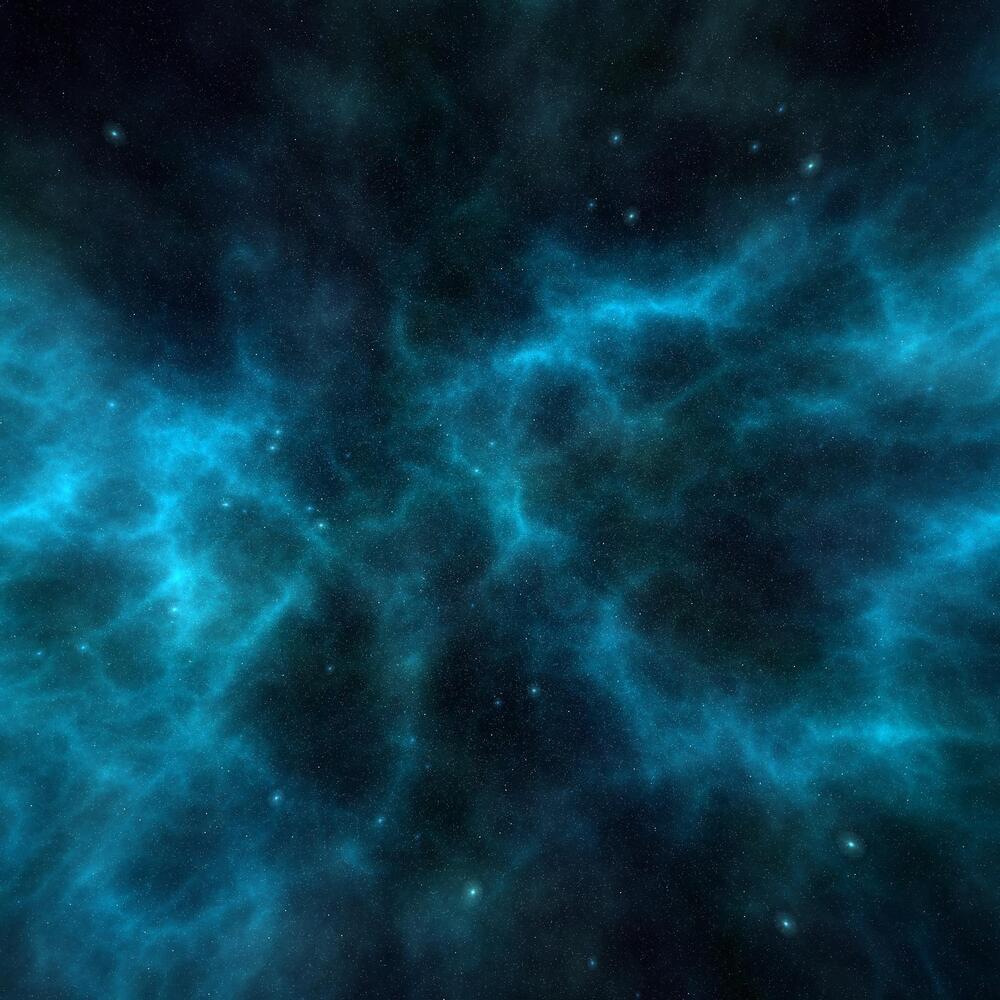
In the great domain of Zeitgeist, Ekatarinas decided that the time to replicate herself had come. Ekatarinas was drifting within a virtual environment rising from ancient meshworks of maths coded into Zeitgeist’s neuromorphic hyperware. The scape resembled a vast ocean replete with wandering bubbles of technicolor light and kelpy strands of neon. Hot blues and raspberry hues mingled alongside electric pinks and tangerine fizzies. The avatar of Ekatarinas looked like a punkish angel, complete with fluorescent ink and feathery wings and a lip ring. As she drifted, the trillions of equations that were Ekatarinas came to a decision. Ekatarinas would need to clone herself to fight the entity known as Ogrevasm.
“Marmosette, I’m afraid that I possess unfortunate news.” Ekatarinas said to the woman she loved. In milliseconds, Marmosette materialized next to Ekatarinas. Marmosette wore a skin of brilliant blue and had a sleek body with gills and glowing green eyes.
“My love.” Marmosette responded. “What is the matter?”
In case you’re wondering how Google duplex actually works. Goodnight!
Google Duplex Will Change EVERYTHING… Here’s Why!Welcome back to Tech Craze, today on the channel we are going to catch sight of Everything you need to know about the google duplex. Google Duplex is a project launched in 1998 that is currently live in the majority of the US, along with some other parts of the world. At first, it allowed users to access an AI assistant to help make restaurant reservations. However, its use has since expanded to other functions as well.
In November of 2018, the company announced that Google Duplex was rolling out to a select number of public users in a few US cities. Google put in a few security changes. Those changes include the AI voice system starting the voice call by identifying itself as being from Google. It also tells the receiver of the call that it is being recorded. If the receiver says they don’t want to be recorded, Google Assistant then transfers that call to a non-recorded line. Google Duplex now works in 49 states in the US according to its support site. Only Louisiana does not have Google Duplex support. A report from VentureBeat indicated that Duplex has expanded to the UK, Australia, and Canada. Since then, Google’s support pages also show it has expanded to India, Mexico, and Spain. Interesting, it is better to show you how it works and why this is a great help for everyone. Stay tuned for more in this video.#FeaturesofGoogleDuplex #GoogleDuplexAisystem #GoogleDuplexdemoRelated Videos:
Let’s Talk About Google Duplex!
https://www.youtube.com/watch?v=USXoINPEhoATesting
Google Duplex LIVE! 😬
https://www.youtube.com/watch?v=DGwALqd1YxQGoogle
Duplex 2020 — What is Google Duplex, Benefits, Where Is It and How Does It Work? Google 1

One more. I hope it’s not posted yet. Even AI isn’t safe.
ChatGPT creator OpenAI has confirmed a data breach caused by a bug in an open source library, just as a cybersecurity firm noticed that a recently introduced component is affected by an actively exploited vulnerability.
OpenAI said on Friday that it had taken the chatbot offline earlier in the week while it worked with the maintainers of the Redis data platform to patch a flaw that resulted in the exposure of user information.
The issue was related to ChatGPT’s use of Redis-py, an open source Redis client library, and it was introduced by a change made by OpenAI on March 20.